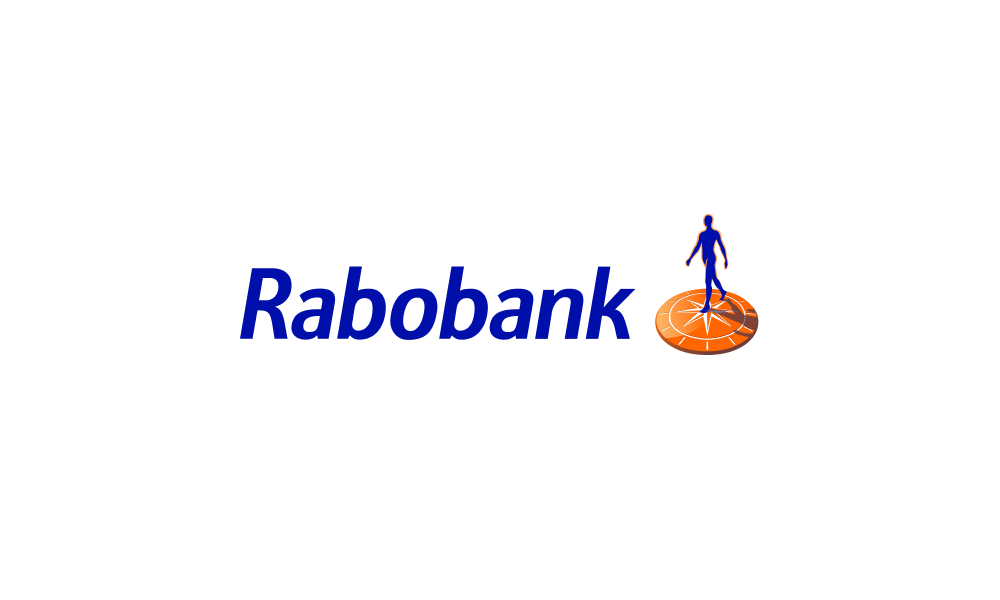2022-12-16

NAB Rural Commodities Wrap: December 2022 Featured
Australian cattle markets have experienced a recent decline in prices due to an abundance of young cattle supply and challenging conditions in the US market. Although prices have reversed in the past week, there are potential risks for further volatility in 2023. Despite this, overall beef prices remain above pre-2020 levels, indicating a profitable period for many producers.
Global dairy trade auctions have shown a downward trend, posing challenges for Australian processors who are dealing with falling milkflow and high farmgate prices. While farmgate prices currently remain high, there are emerging downside risks for the 2023-24 season. However, it should be noted that the current disconnect between falling global prices and high farmgate prices is not expected to continue indefinitely.
Australian wheat prices have significantly declined since mid-November, primarily due to easing concerns about Black Sea supply, a stronger Australian dollar, and a large domestic harvest. However, volatility is expected to persist due to tight global stocks and geopolitical concerns. Despite this, Australian domestic feedgrain prices remain higher than the previous year, and there is an ample supply of feed-grade grain in the Australian market for 2023. ABARES forecasts record-breaking wheat production, surpassing last year's record, along with substantial production numbers for barley and canola.



